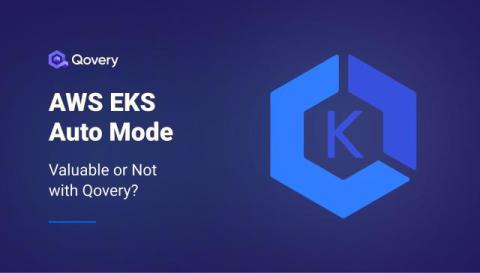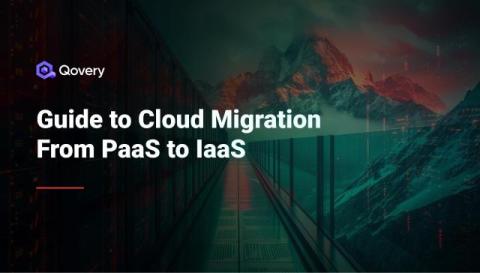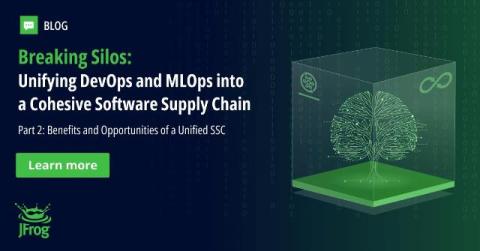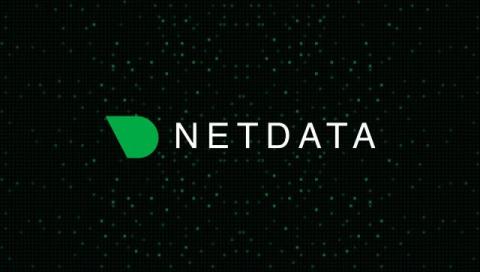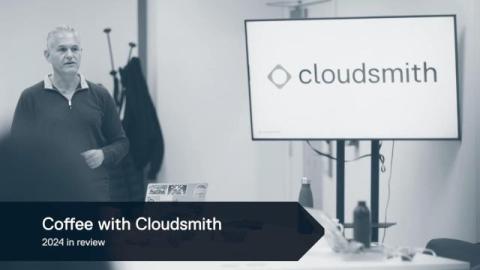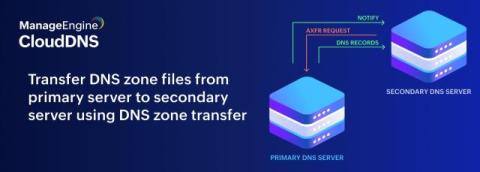AWS EKS Auto Mode with Qovery - Valuable Or Not?
At Qovery, we are closely following the development of EKS Auto Mode, a new feature from AWS designed to simplify Kubernetes management by automating various foundational components. While we recognize the effort AWS has put into this, our initial evaluation shows that EKS Auto Mode is still in its early stages and does not yet offer sufficient value to be a strong consideration for our users.


